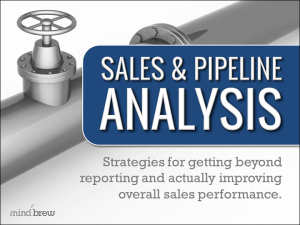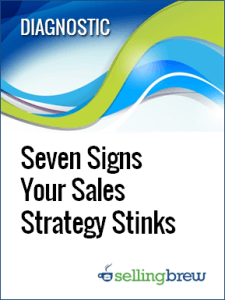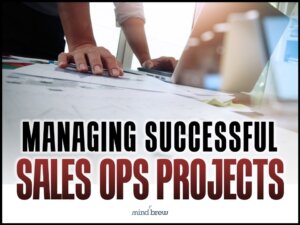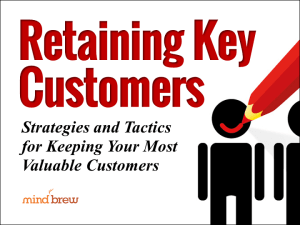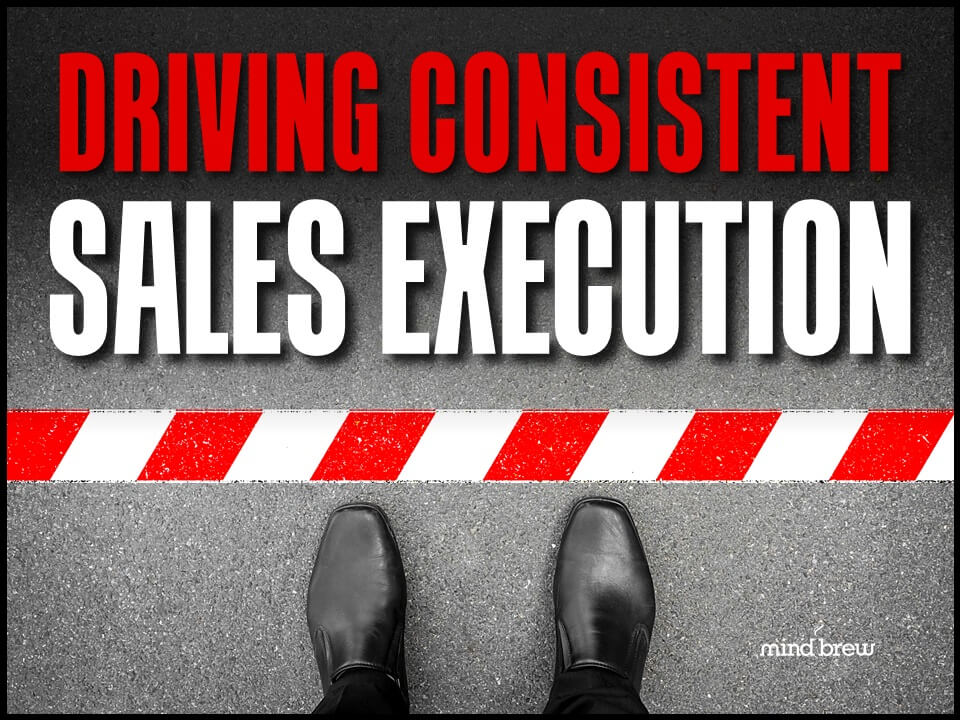A very typical question B2B leaders have when thinking about sales enablement execution is:
When is it the right time to roll out a sales enablement strategy?
Most organizations realize they need sales enablement once they’ve experienced the pains of sales inefficiency and ineffectiveness for too long. Most wait too long to acknowledge that they have a sales enablement problem because they are too used to performing random acts of sales support and fighting fires to keep up with sales’ needs for content, presentations and training; they don’t understand that there is a (much) better way. As a result, these organizations endure sales and marketing misalignment, poor content usability and findability and unengaged buyers, and their win rates and revenue suffer as a result.
But what would happen if organizations invested in and implemented sales enablement before they experience the major pains? Procore, the world’s most widely used construction project management software, broached this subject during its presentation at the SiriusDecisions Summit in May.
“Usually sales enablement is brought in when Marketing won’t talk to Sales, Product is doing their own thing, and everything is dysfunctional. Enablement is typically brought in to become Switzerland, to get each team to play nice and get stuff done; enablement isn’t typically brought in when stuff is getting done,” Bryan Siever, Senior Director of Sales Enablement at Procore, explained. Why, then, was Bryan brought in to spearhead the company’s enablement function when its customer retention rate was at 95 percent and its year-over-year growth was over 100 percent?
Procore wasn’t looking at its impressive sales performance as an indication of success. It instead wanted to find ways to maximize that sales growth and execute at a high level during expansion and development.
Bryan shared that when he was brought on full-time to run the new enablement function, Procore’s EVP wasn’t worried about the organization’s current state when considering a sales enablement technology investment; it was thinking about years down the road when Procore planned to expand and grow drastically at the global level. This forward-thinking insight has been integral to Procore’s success, and has saved Procore from playing catch-up down the road when it may have begun experiencing true sales inefficiency and ineffectiveness symptoms.
Bryan and Alex Jaffe, Procore’s Enablement Manager, shared a few more best practices for organizations looking to get ahead in terms of sales enablement:
- Don’t outsource inside sales roles: Bryan and Alex explained that the Sales Development Representative was the most important job within its sales organization. Oftentimes, prospects’ first interactions with a company is through a sales rep. “The only way to humanize our brand is to get reps with a deep understanding of value prop/messaging/products
- Organize the enablement function to cut through all parts of the organization: Procore believes that sales enablement shouldn’t be a separate entity from the rest of the organization. It should act as a liaison to every department, especially Sales and Customer Success, to ensure streamlined and seamless customer handoffs and consistent training, onboarding and coaching processes.
- Measure and understand sales activities: Eliminate activities that aren’t directly related to selling to maximize time reps spend with clients and prospects. “We dedicated time to measuring how long each Account Executive was spending building proposals and presentations so we could tie some metrics to our expected results through automation,” said Bryan. “We wanted reps to be able to generate, personalize and send materials to prospects in a matter of minutes, and through Seismic we found that it actually was possible. And it’s been an absolute game-changer for us.”
Rome wasn’t built in a day, and neither is a successful sales enablement strategy. But just as Procore is enabling the successful construction of the new Minnesota Vikings stadium, the right sales enablement strategy is helping Procore maintain its 95 percent customer retention and 100 percent annual growth rates. Instead of waiting around for its organization to experience misalignment, inefficiencies and plummeting sales, Procore recognized the opportunity sales enablement provided and made it the highlight of its sales success story. The right time to implement sales enablement is different for every organization, but the time to start thinking about your organization’s strategy is now.

